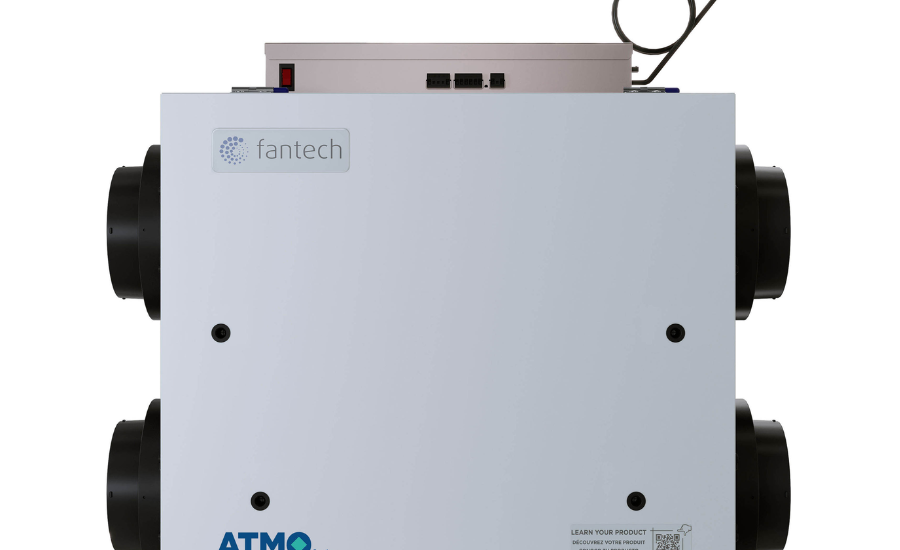When it comes to ensuring optimal performance and longevity for your Filters for antech atmo 150E, the choice and maintenance of filters play a crucial role. This comprehensive guide will explore the various types of Filters for antech atmo 150E, their specific benefits, and tips for effective maintenance. Whether you are a new owner or looking to enhance your system’s efficiency, understanding these components is essential.
Understanding the Filters for antech atmo 150E
The Filters for antech atmo 150E is a state-of-the-art environmental control system designed primarily for laboratories and sensitive applications. It excels in providing precise temperature and humidity regulation, making it an essential tool in many scientific and industrial settings. However, to maintain its efficiency, the quality of air and other environmental factors must be closely monitored—this is where filters come into play.
Why Filters Matter
Filters are critical components that help to maintain the air quality within the Filters for antech atmo 150E. They trap dust, allergens, and other particulate matter, ensuring that the environment remains clean and conducive for sensitive processes. Moreover, using the correct filters can extend the lifespan of your equipment, enhance performance, and reduce energy consumption.
Types of Filters for Filters for antech atmo 150E
Understanding the different types of Filters for antech atmo 150E will help you make informed decisions based on your specific needs.

1. HEPA Filters
High-Efficiency Particulate Air (HEPA) filters are among the most effective filters available. They can capture particles as small as 0.3 microns with an efficiency of 99.97%. This makes them ideal for environments requiring stringent air quality control.
Benefits:
- Enhanced Air Quality: HEPA filters significantly reduce allergens, dust, and other pollutants.
- Protection for Sensitive Samples: In laboratory settings, maintaining the integrity of samples is crucial, and HEPA filters provide the necessary protection.
- Reduced Contamination: By capturing a wide range of particles, HEPA filters minimize the risk of contamination in sensitive processes.
2. Activated Carbon Filters
Activated carbon filters are designed to adsorb gases and odors. They are particularly effective in environments where chemical fumes or unpleasant smells are present.
Benefits:
- Odor Removal: Activated carbon filters effectively remove odors, ensuring a more pleasant working environment.
- Chemical Filtration: These filters can capture volatile organic compounds (VOCs) and other harmful gases, contributing to a healthier atmosphere.
- Enhanced Comfort: By reducing unpleasant smells, these filters improve overall comfort for users.
3. Pre-Filters
Pre-filters are typically used as a first line of defense against larger particles. They capture dust, hair, and other debris before it reaches more sensitive filters, such as HEPA filters.
Benefits:
- Extended Filter Life: By trapping larger particles, pre-filters help prolong the lifespan of more expensive HEPA or activated carbon filters.
- Cost-Effective Maintenance: Regularly replacing pre-filters can reduce the frequency of HEPA filter replacements, saving money in the long run.
- Improved Airflow: Clean pre-filters enhance airflow within the system, ensuring efficient operation.
4. Electrostatic Filters
Electrostatic filters use static electricity to attract and trap particles. They are often reusable and can be washed and maintained, making them an eco-friendly option.

Benefits:
- Cost-Effective: While the initial investment may be higher, their reusability reduces long-term costs.
- Good Particle Capture: Electrostatic filters can effectively capture a range of particles, including dust and pollen.
- Reduced Environmental Impact: Their washable nature makes them a more sustainable choice compared to disposable filters.
Choosing the Right Filter
When selecting the appropriate for your Filters for antech atmo 150E, consider the following factors:
1. Purpose of Use
Identify the primary purpose of your Filters for antech atmo 150E. Is it for laboratory research, food storage, or another specific application? Different environments may require different filtration solutions. For instance, a laboratory may benefit more from HEPA filters, while a general-purpose environment might suffice with pre-filters.
2. Environmental Conditions
Consider the conditions in which your Atmo 150E operates. High levels of dust, humidity, or chemical exposure may dictate the type of filter needed. For environments with significant airborne pollutants, HEPA or activated carbon filters may be essential.
3. Budget
While it may be tempting to opt for the cheapest filter, consider the long-term costs associated with maintenance and replacement. Investing in high-quality filters may save money in the long run by improving efficiency and reducing the need for frequent replacements.

Maintenance Tips for Filters
To ensure that your filters continue to perform effectively, regular maintenance is crucial. Here are some best practices:
1. Regular Inspections
Regularly inspect your filters for signs of dirt or damage. Visual inspections can help you determine when a filter needs replacement. Make this a routine part of your equipment maintenance schedule.
2. Replacement Schedule
Establish a replacement schedule based on the type of filter and its usage. HEPA filters typically need replacing every 6 to 12 months, while pre-filters may require more frequent changes, depending on the environment.
3. Cleaning
For reusable filters like electrostatic filters, follow manufacturer instructions for cleaning. Keeping these filters clean will ensure their effectiveness and prolong their life.
4. Monitor Performance
Keep an eye on the performance of your Filters for antech atmo 150E. If you notice changes in airflow or air quality, it may be time to check or replace your filters.
Conclusion
Selecting the right Filters for antech atmo 150E is essential for maintaining optimal performance and ensuring a healthy environment. By understanding the various types of filters available—such as HEPA, activated carbon, pre-filters, and electrostatic filters—you can make informed decisions that suit your specific needs.
Regular maintenance and timely replacement of filters will not only enhance the efficiency of your system but also contribute to its longevity. In doing so, you’ll ensure that your Filters for antech atmo 150E continues to provide the controlled environment essential for your applications, whether in a laboratory, industrial setting, or any other specialized use.
By prioritizing filter selection and maintenance, you are investing in the quality and reliability of your equipment, ultimately enhancing the success of your operations.




